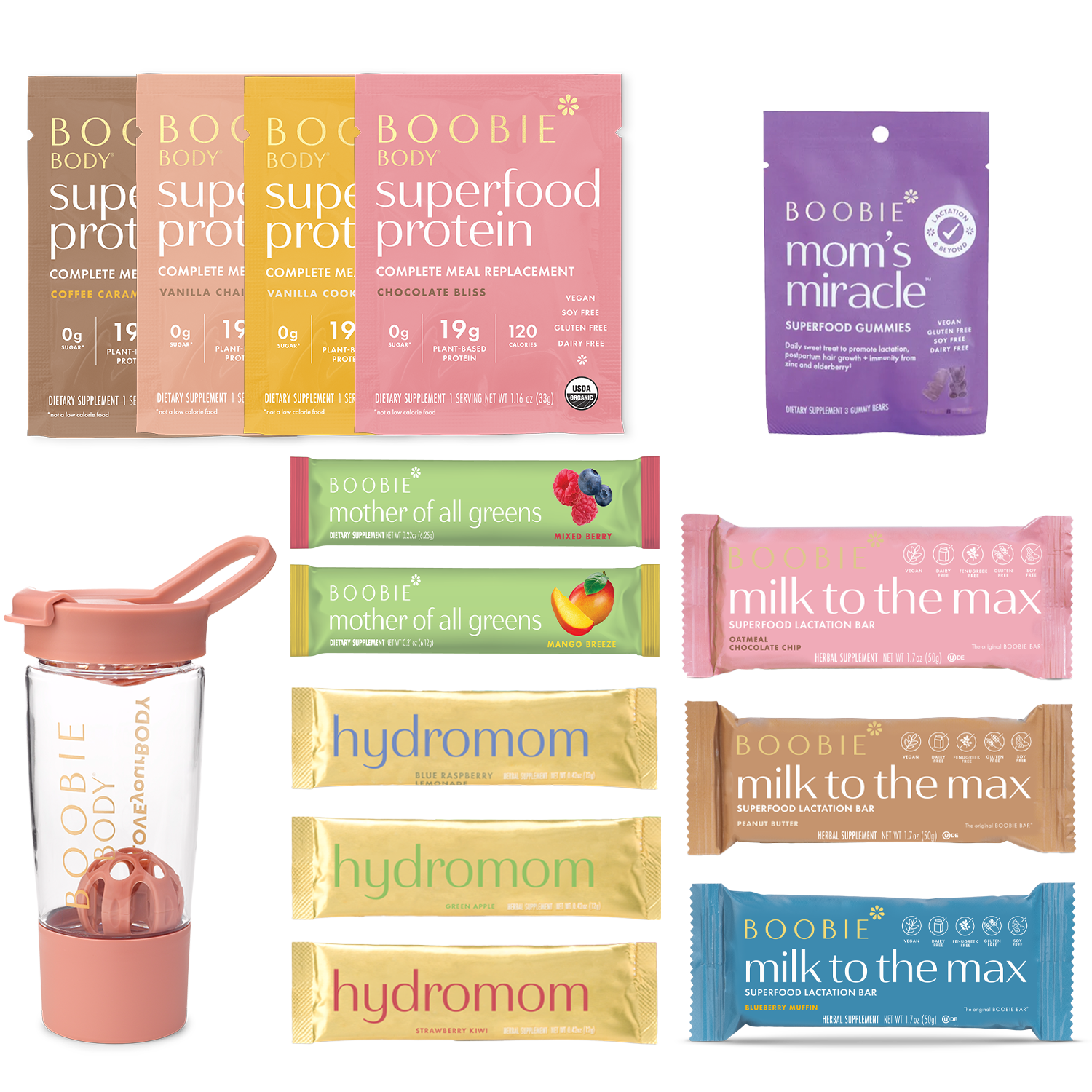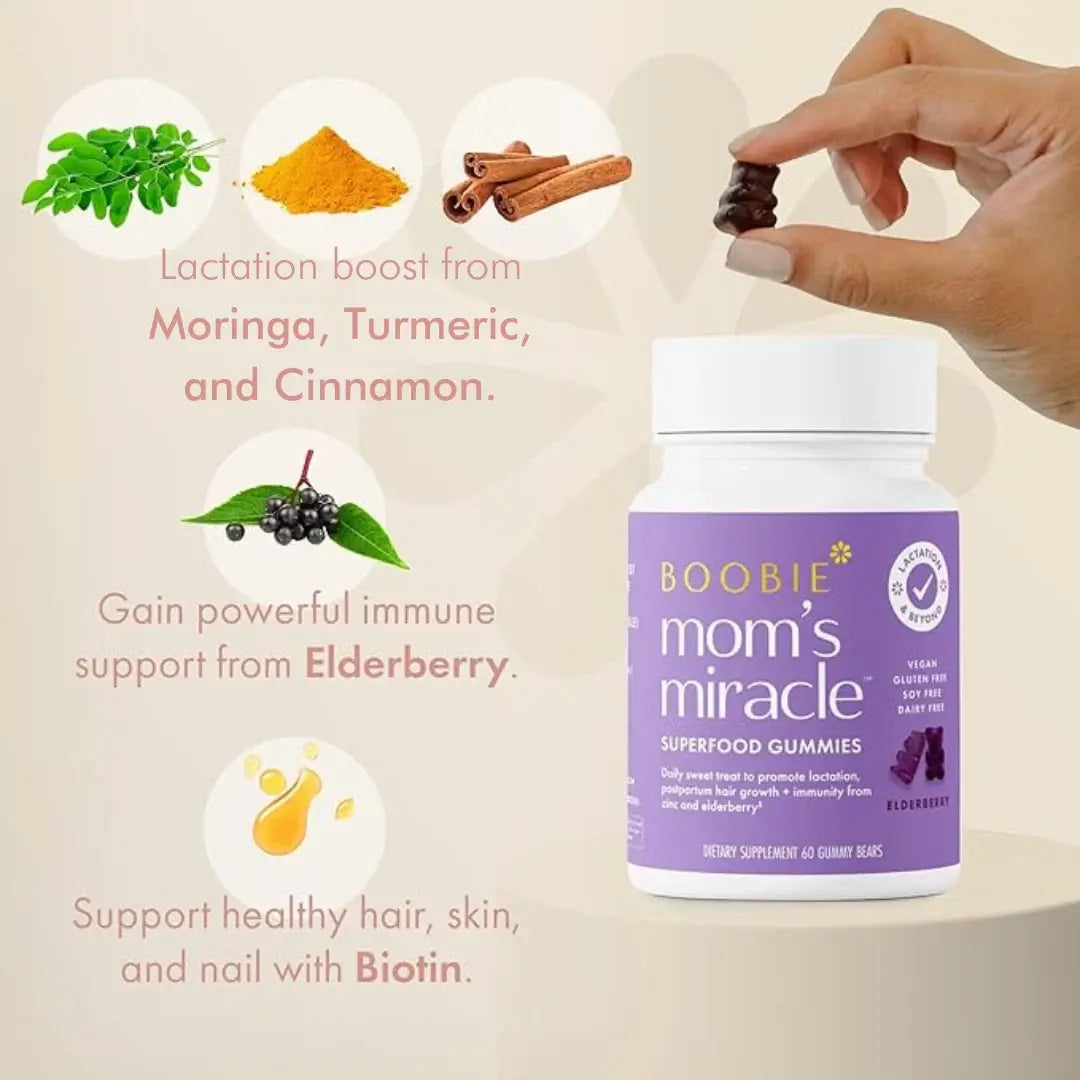As a new parent, you’re likely to hear a lot of new terms when it comes to breastfeeding. From your healthcare providers to online resources, the terminology can sometimes feel overwhelming. Don’t worry—you're not alone! As an International Board Certified Lactation Consultant (IBCLC), I’m here to help you navigate this language so you can feel more confident and informed about your breastfeeding journey.
I’ve created a glossary of common breastfeeding terms to give you a better understanding of what’s happening with your body and baby.
Breastfeeding Glossary for New Parents
1. Foremilk
What it means: Foremilk is the milk that flows at the beginning of a feeding session. It’s generally lighter in color and consistency because it contains more water and is lower in fat. Foremilk is rich in lactose (milk sugar), which provides quick energy and hydration to your baby.
Why it matters: Foremilk helps quench your baby’s thirst. If your baby is only drinking for a short period, they may fill up on foremilk without getting the creamier, more nutrient-dense milk that comes later in the feeding. This is where hindmilk comes into play.
2. Hindmilk
What it means: Hindmilk is the milk that comes toward the end of a feeding session. It’s thicker, richer, and higher in fat, which helps your baby feel full and gain weight.
Why it matters: Both foremilk and hindmilk are important for your baby, but making sure your baby gets enough hindmilk is crucial for their growth. You can help ensure they receive this by allowing them to feed longer on each breast, rather than switching too soon.
3. Letdown (or Milk Ejection Reflex)
What it means: The letdown reflex is when your milk begins to flow in response to your baby sucking at the breast or even in response to hearing your baby cry or thinking about your baby. It’s caused by the release of the hormone oxytocin, which signals your body to push milk from the milk ducts toward the nipple.
Why it matters: A strong letdown can make breastfeeding more efficient for your baby because milk flows more easily. Some mothers may experience multiple letdowns during a single feeding. If your letdown is too fast or slow, an IBCLC can help with techniques to regulate it.
4. Latch
What it means: Latching refers to how your baby’s mouth attaches to your breast. A good latch is deep, with your baby’s mouth covering both the nipple and a good portion of the areola (the darker area around the nipple).
Why it matters: A proper latch is key to comfortable, effective breastfeeding. If your baby isn’t latched well, they may not get enough milk, and it could cause pain or nipple damage for you. If you’re having difficulty achieving a good latch, reach out to an IBCLC for guidance on positioning and technique.
5. Cluster Feeding
What it means: Cluster feeding is when your baby wants to nurse more frequently over a short period of time, often every hour or so. This usually happens during growth spurts or in the evenings when babies are looking for extra comfort and nourishment.
Why it matters: Cluster feeding can be exhausting, but it’s normal. It helps increase your milk supply to meet your baby’s growing needs. Remember, cluster feeding doesn’t mean your milk supply is low—it’s your baby’s natural way of boosting it.
6. Colostrum
What it means: Colostrum is the thick, yellowish milk your breasts produce during the first few days after birth. It’s packed with antibodies, proteins, and nutrients that are crucial for your newborn’s immune system and digestive health.
Why it matters: Colostrum is often called “liquid gold” because of its high nutritional value. It helps your baby’s gut develop and provides protection from infections. Don’t worry if it seems like only small amounts—your baby’s tiny stomach doesn’t need much at first.
7. Engorgement
What it means: Engorgement happens when your breasts become overly full, causing them to feel hard, tight, and sometimes painful. It typically occurs in the first few days after your milk comes in but can happen at any point if your baby isn’t emptying the breast thoroughly.
Why it matters: Engorgement can make it difficult for your baby to latch, and it can be uncomfortable for you. Frequent breastfeeding or pumping can help relieve engorgement, and applying warm compresses before feeding and cold compresses afterward can soothe discomfort.
8. Milk Supply
What it means: Milk supply refers to the amount of breast milk your body produces. Breastfeeding works on a supply-and-demand basis: the more your baby nurses, the more milk your body will produce. Some mothers worry about having too much or too little milk.
Why it matters: If you’re concerned about your milk supply, either too low or too high, consult with an IBCLC. We can help you track feeding patterns and ensure your baby is gaining weight appropriately. There are ways to increase or manage your supply if needed.
9. Nipple Confusion
What it means: Nipple confusion happens when a baby has difficulty switching between breastfeeding and bottle-feeding because the two require different sucking techniques.
Why it matters: If you’re introducing a bottle or pacifier, it’s important to be mindful of how it might affect breastfeeding. If your baby shows signs of nipple confusion, such as struggling to latch or refusing the breast, an IBCLC can help you find ways to balance both.
10. Mastitis
What it means: Mastitis is an inflammation of the breast tissue, often caused by a blocked milk duct or an infection. It can lead to redness, pain, swelling, and flu-like symptoms.
Why it matters: Mastitis requires prompt attention. If you feel symptoms, continue to breastfeed or pump frequently to keep milk flowing. If symptoms persist, contact a healthcare provider. Proper breastfeeding techniques and preventing engorgement can help avoid mastitis.
Navigating the World of Breastfeeding
Breastfeeding may feel like learning a whole new language, but understanding key terms can help you feel more confident and prepared. Each of these concepts—whether it’s foremilk and hindmilk or cluster feeding and letdown—plays an important role in your breastfeeding experience. And remember, breastfeeding is a journey for both you and your baby. Don’t hesitate to reach out for help if you’re feeling unsure or have questions.
If you ever feel overwhelmed or confused by the terminology or process of breastfeeding, don’t hesitate to connect with an IBCLC. We’re here to offer guidance, reassurance, and practical solutions tailored to your specific needs. Together, we can help ensure that you and your baby thrive on this beautiful journey.





















